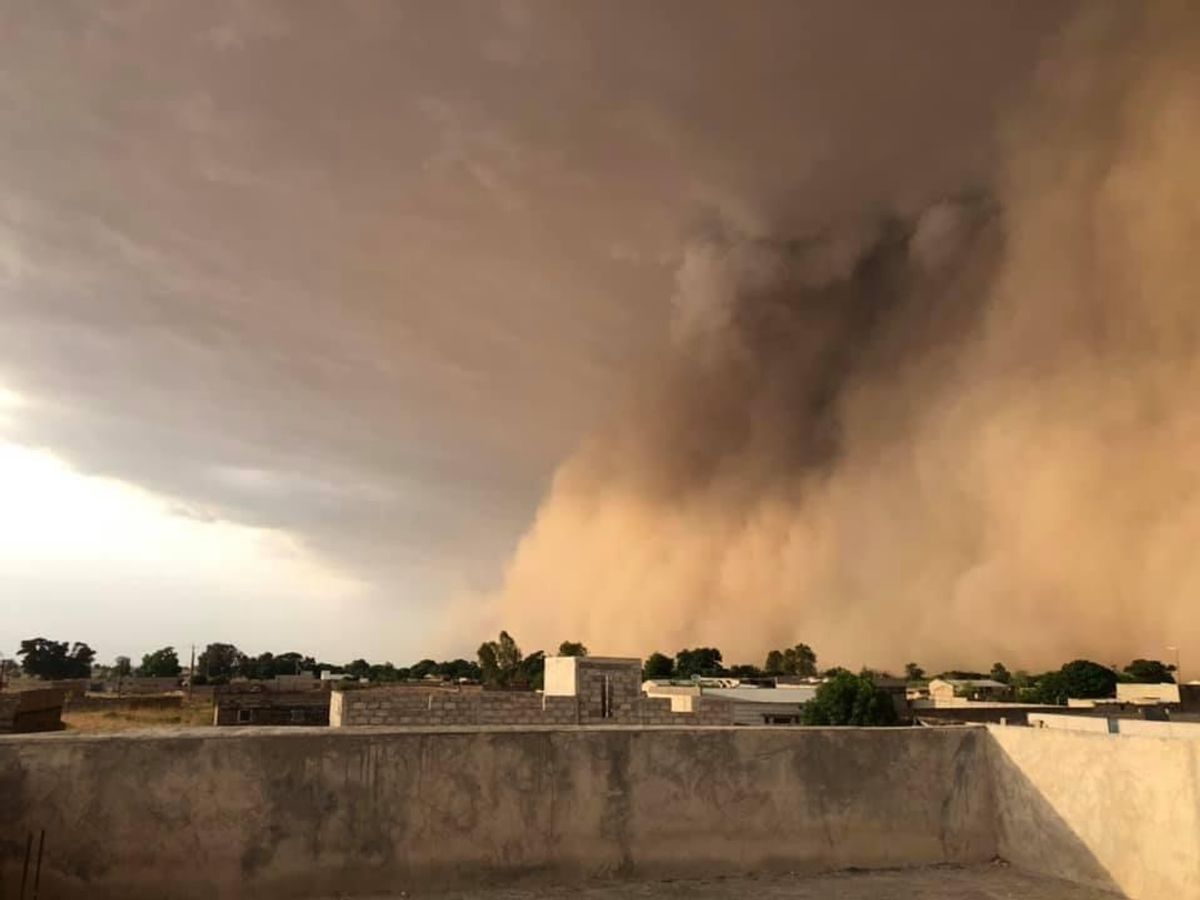
When enough winds blow across deserts, dust is lifted from the ground and can wind up in far-flung places. Dust storms can result if the winds are strong enough, reducing visibility and causing respiratory issues. So it’s important for scientists to better understand these dusty gales and the potential for pathogens to be transported along with windblown sediments. Researchers at Penn State and a university in Senegal published a study recently in Atmospheric Environment suggesting that the level of fine particulate matter from squalls originating in Africa and crossing the Atlantic has been increasing for the last 40 years, with notable upticks during summer months. The scientists express a need for more instruments—like the international network of particulate-detecting tools they used in the study—in West Africa and posit that climate change could alter the nature of this dusty distribution and could negatively affect human health.



